A gold mounted tortoiseshell snuff box set with a reverse glass miniature of an Arab horse, after Carle Vernet (1758-1836).
French, early 19th century.
Measures 9 x 5.5 x 2cm.
The lid is set with the reverse glass painted miniature of a galloping Arab horse having unseated his sword wielding rider whilst an alarmed attendant runs towards them in an Egyptian landscape.
Although the original image after which this miniature is painted has not been traced, there can be little doubt as to its inspiration: Antoine Charles Horace Vernet (called Carle Vernet) executed many such 'Mameluke' or Arab horse subjects, often reproduced as lithographs.
Napoleon defeated the Mameluk army during his 1798 invasion of Egypt, but was impressed by their valour in battle. Following this Napoleon created a special Mameluk corps in the French army, and was given a famous Mameluk bodyguard named Roustam Raza by the sheikh of Cairo.
See image 9 of a ‘Cheval Mamelouk’ (Mamluk horse) by Carle Vernet for comparison.
Image 10 is a painting titled; ‘Un Mameluk entrainant son cheval, une citadelle a l'arriere-plan’ by Carle Vernet, Lot 109; 19th Century European Paintings Including German, Austrian And Central European Paintings, The Orientalist Sale, Spanish Painting And The Scandinavian Sale; Sotheby’s, London, 2nd June 2010.
——————————————
Reverse glass painting is an art form that consists of applying paint to the back of a piece of clear glass that when finished, the painting could then be viewed through the glass at the image. Unlike traditional paintings on canvas or panel, the artist starts by painting the elements in the foreground and finishing with the background.
——————————————
Antoine Charles Horace Vernet, better known as Carle Vernet (14 August 1758 – 17 November 1836), was a French painter, the youngest child of Claude Joseph Vernet and the father of Horace Vernet.
Vernet was born in Bordeaux. At the age of five, he showed an extraordinary passion for drawing horses, but went through the regular academical course as a pupil of his father and of Nicolas-Bernard Lépicié. Strangely, after winning the Prix de Rome (1782), he seemed to lose interest in the occupation, and his father had to recall him from Rome to prevent his entering a monastery.
In his "Triumph of Aemilius Paulus", Vernet broke with tradition and drew the horse with the forms he had learnt from nature in stables and riding schools. His hunting pieces, races, landscapes, and work as a lithographer were also very popular.
Carle's sister was executed by the guillotine during the Revolution. After this, he gave up art.
When he again began to produce under the French Directory (1795–1799), his style had changed radically. He started drawing in minute detail battles and campaigns to glorify Napoleon. His drawings of Napoleon's Italian campaign won acclaim as did the Battle of Marengo, and for his Morning of Austerlitz Napoleon awarded him the Legion of Honour, and Louis XVIII of France awarded him the Order of Saint Michael. Afterwards he excelled in hunting scenes and depictions of horses.
In addition to being a painter and lithographer, Carle Vernet was an avid horseman. Just days before his death at the age of seventy-eight, he was seen racing as if he were a sprightly young man.
He died in Paris.
Source; https://en.wikipedia.org/wiki/Carle_Vernet



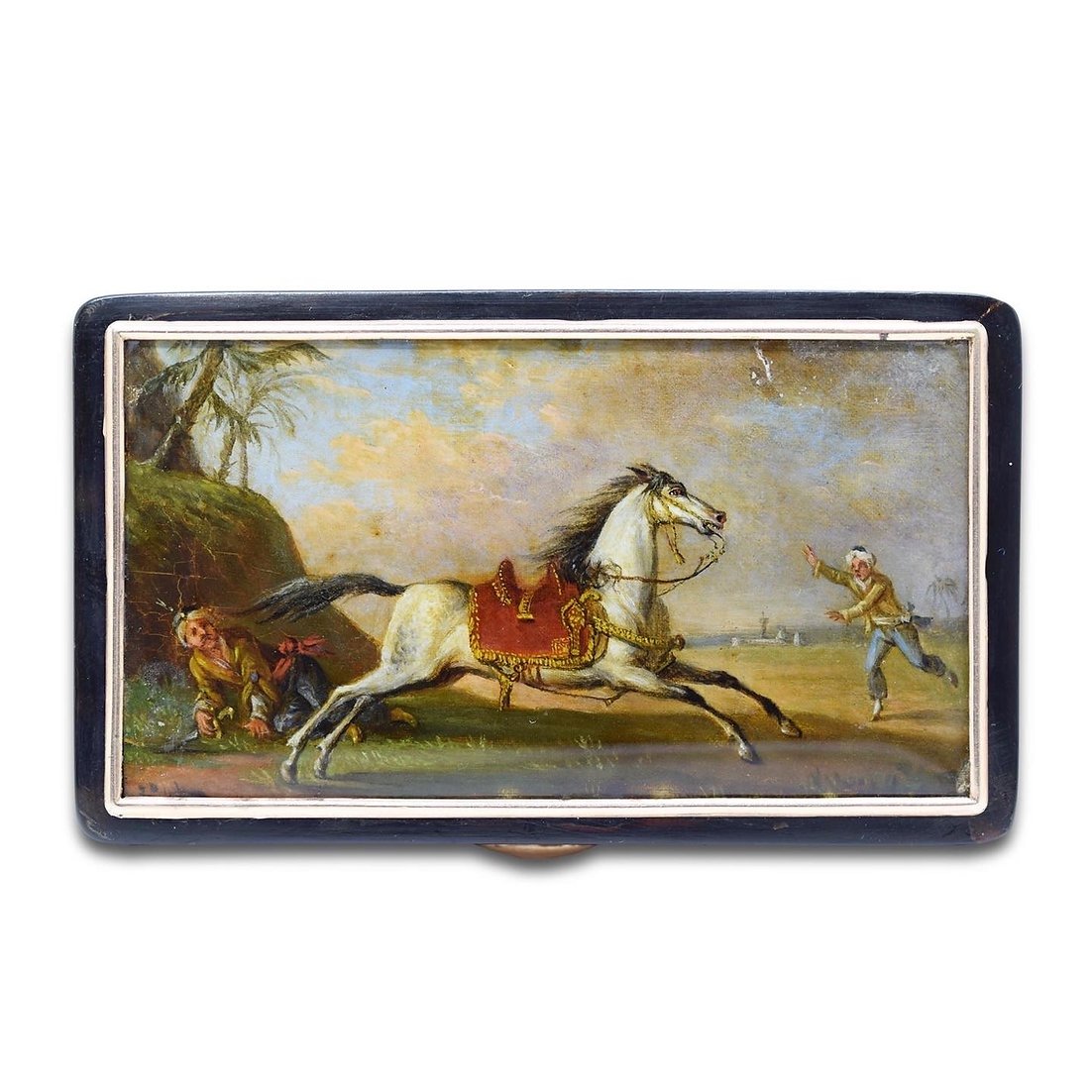




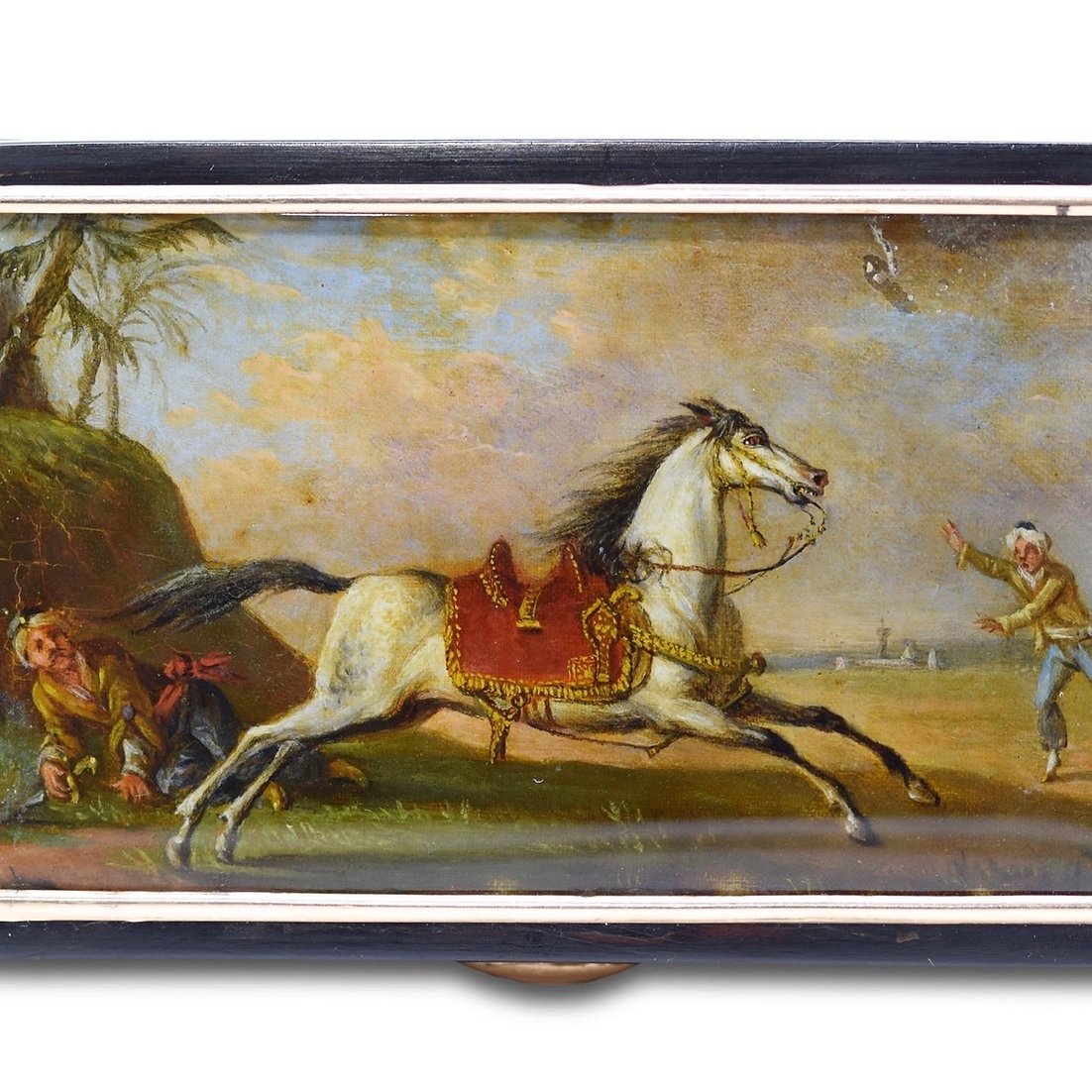

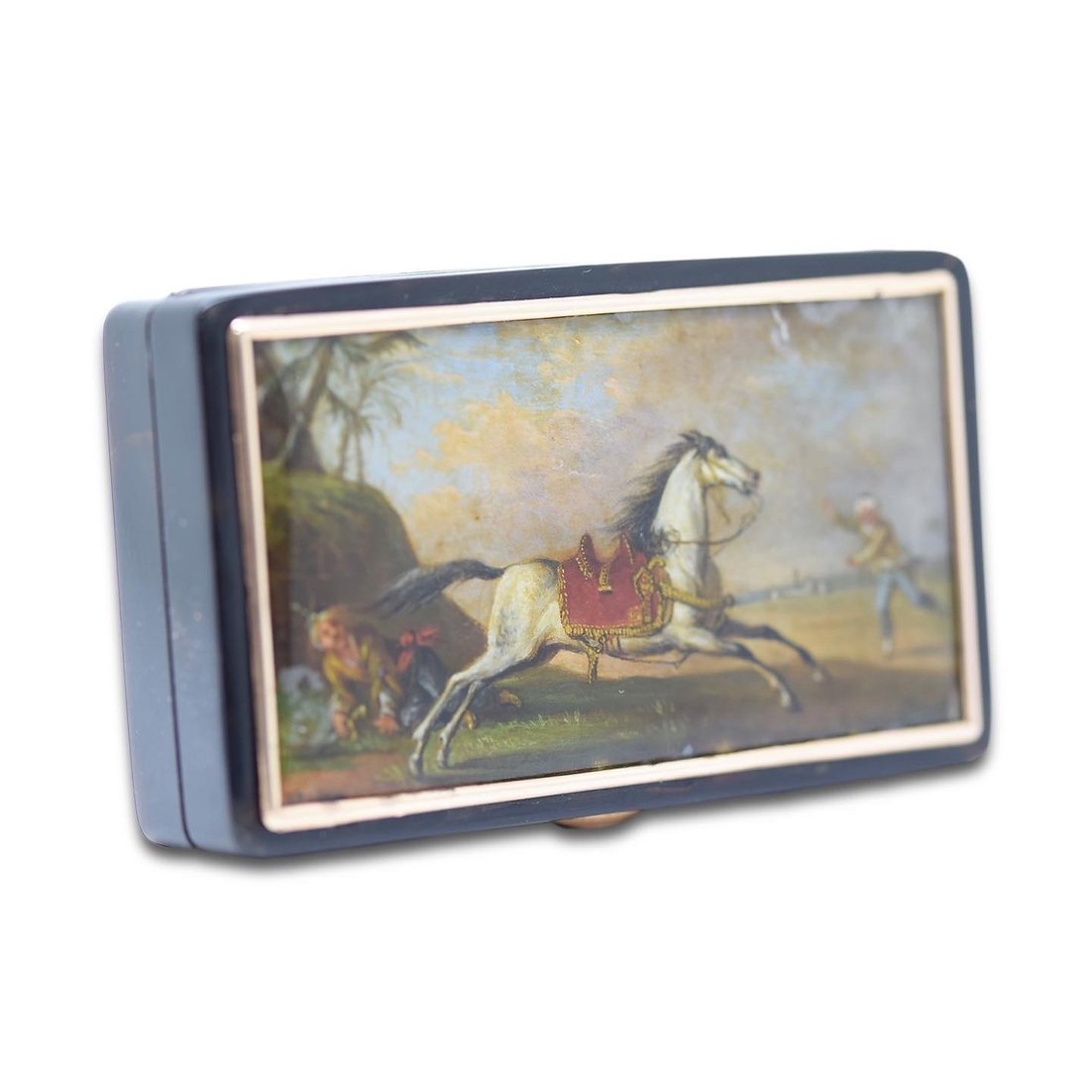

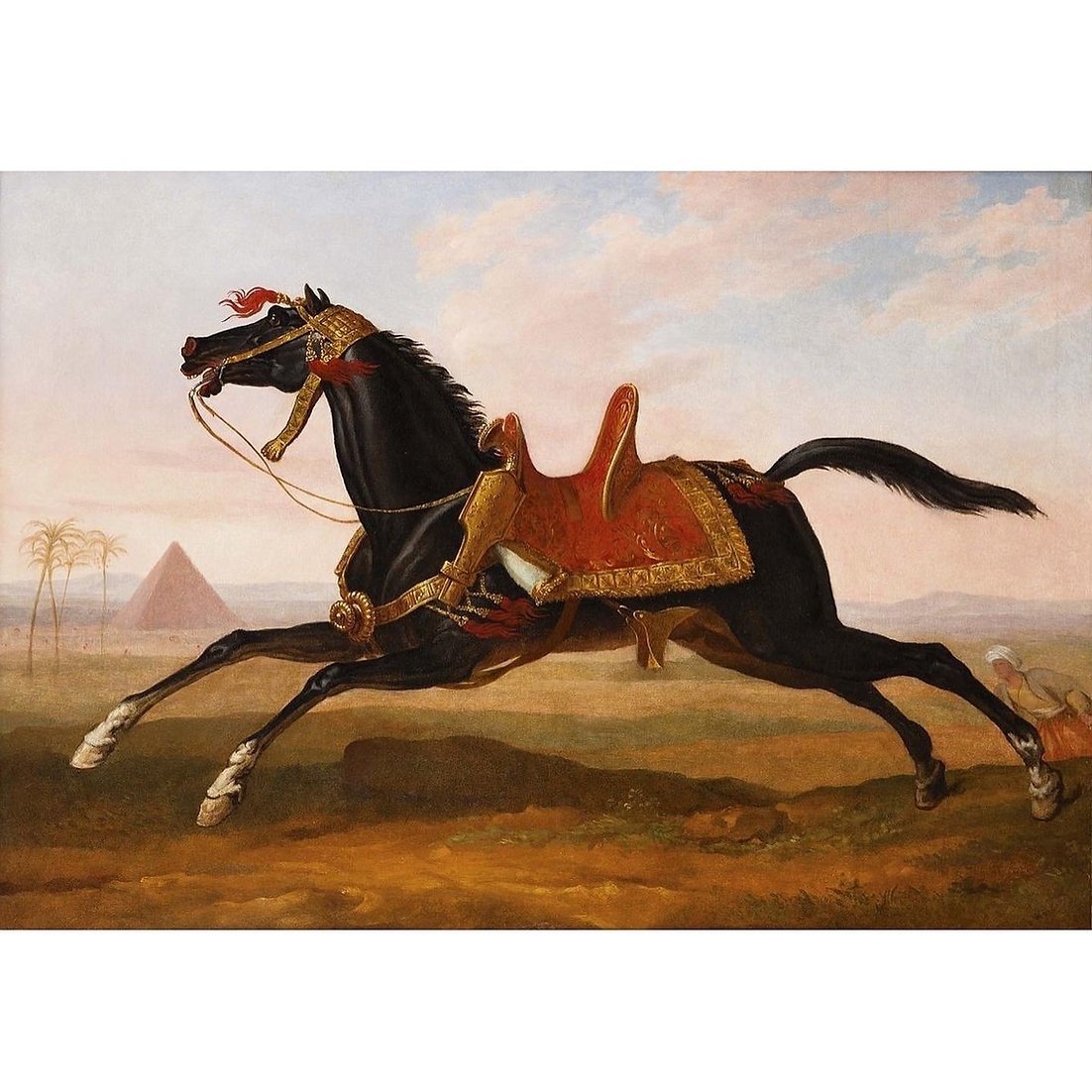
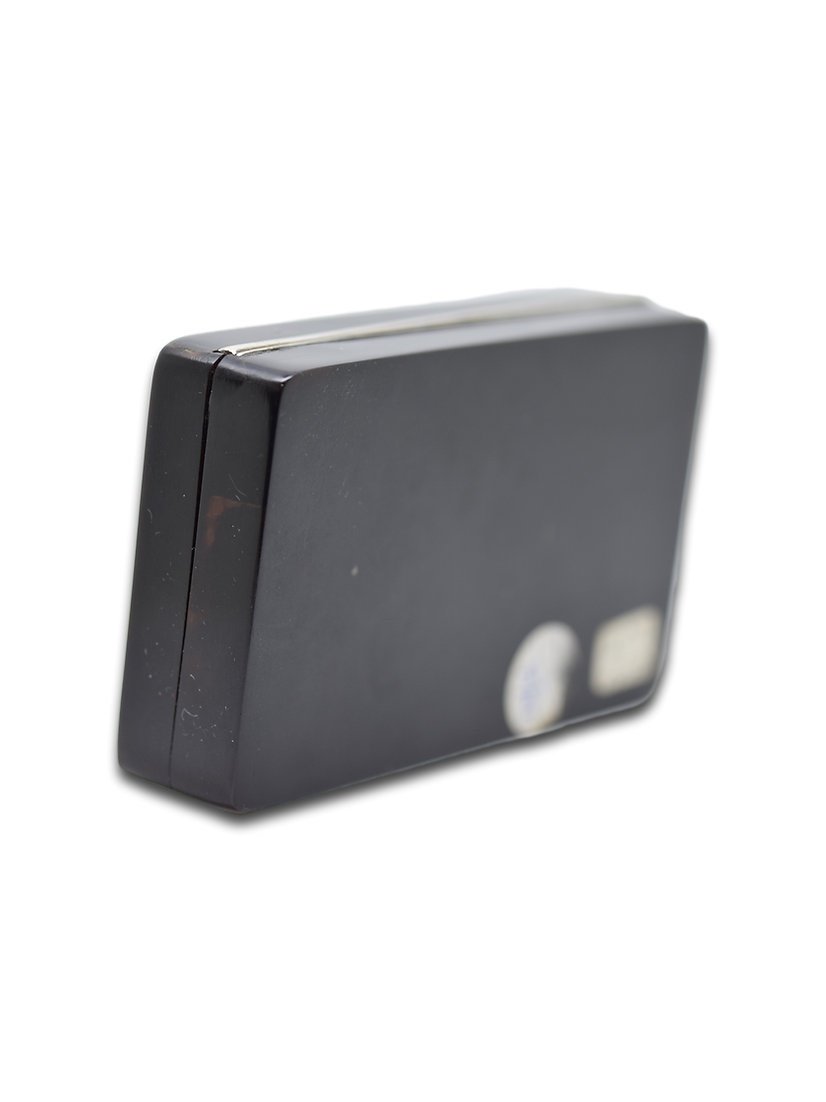
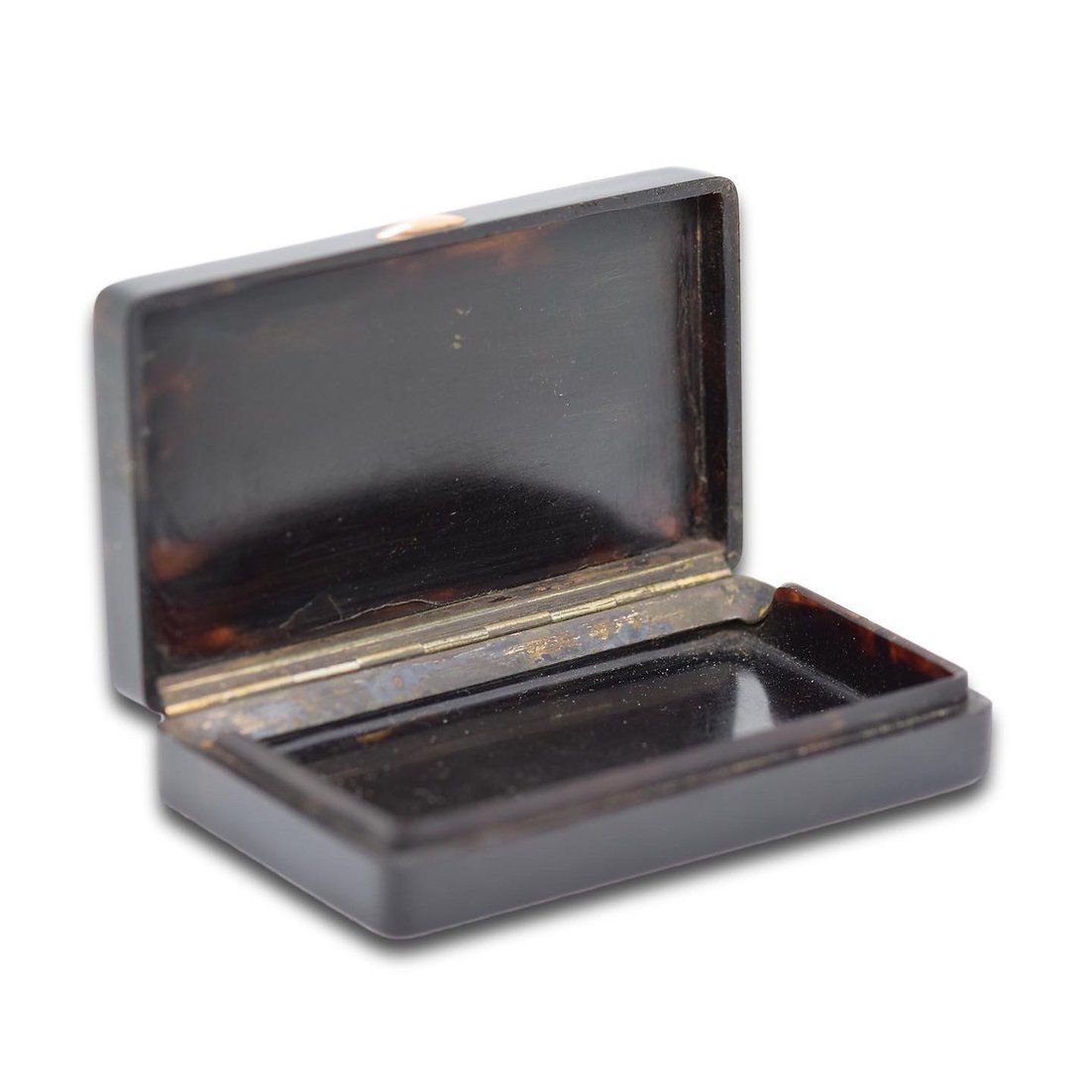

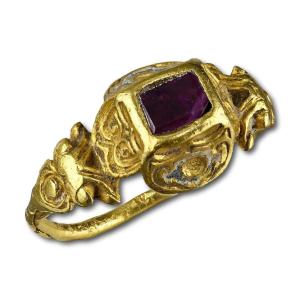

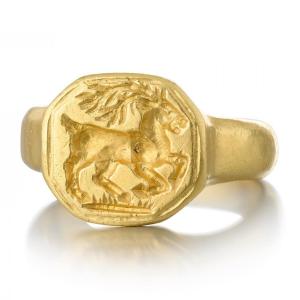
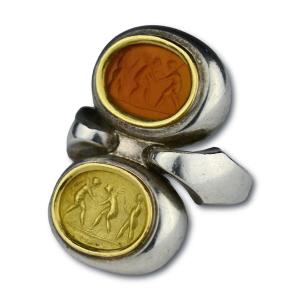
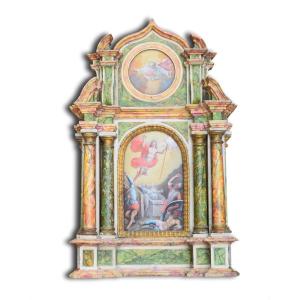




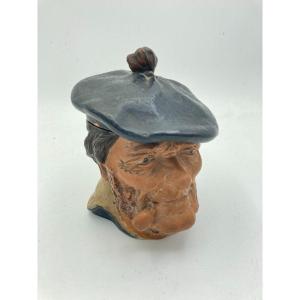




 Le Magazine de PROANTIC
Le Magazine de PROANTIC TRÉSORS Magazine
TRÉSORS Magazine Rivista Artiquariato
Rivista Artiquariato
